Work experience is the part of a credit course that provides a student with workplace learning for a limited period of one to four weeks with the goal of connecting learning in school to workplace requirements.
As in the co-op program, a student is provided with instruction in:
- Job readiness skills
- Workplace health & safety procedures
- School & placement expectations
The work plan, including assessment criteria, is developed by the teacher and the participating placement supervisor in keeping with the curriculum.
The teacher will make contact three times per co-op credit earned to ensure that the expectations of the work plan are being met. Upon returning to the classroom, students are given time to reflect on their experience and relate it to course content.
WSIB and Board consent forms must be filled out as part of the experience. In case of accidents, the School to Career office provides all forms and information for reporting them.
Experiential learning is a valuable tool for all students, including exceptional students, in making career decisions and developing the knowledge and skills required to build the foundation for career success.
The Upper Grand District School Board is fully committed to cultivating pathways for students that will best assist them in choosing the courses and experiences to fit career goals.
Planned learning experiences within the community may include:
Job Shadowing & Job Twinning
- from one half-day to one school day
- no credit value independent of course within which they are undertaken
Work Experience & Virtual Work Experience
- from one to four weeks
- no credit value independent of course within which they are undertaken
Integration of programs
- incorporates co-op education or other forms of experiential learning such as school-work transition programs and the Ontario Youth Apprenticeship Program (OYAP)
- variable formats
- involves earning of credits
All of these forms of experiential learning are summarized in the accompanying chart and described individually in the following sections.
Job Shadowing
- student paired with a worker in a specific occupation
- may be integrated with a credit course
- may be part of a student’s school–work transition program
Job Twinning
- student paired with a cooperative education student
- may be integrated with a credit course
- may be part of a student’s school– work transition program
Work Experience
- short-term, subject-related work placement
- forms an integral part of a specific credit course
- requires pre-placement orientation
- requires a learning plan
Virtual Work Experience
- short-term, subject-related virtual work placement facilitated through the use of computer software and the Internet
- forms an integral part of a specific credit course
- requires pre-placement orientation
- requires a learning plan
Cooperative Education
- requires a Student’s Cooperative Education Learning Plan
- involves the earning of credits
- requires pre-placement orientation
- is monitored by the co-operative education teacher
- integrates classroom and workplace learning
- involves reflective learning
- involves student assessment
School-to-Work Transition Programs
- oriented towards students who wish to enter workforce directly after high school
- involves the development of partnerships with employers
- involves the enhancement of curriculum with input from employers
- may involve the earning of co-operative education credits
Ontario Youth Apprenticeship Program (OYAP)
- is designed for students 15 years of age and older who have already earned 14 credits towards the Ontario Secondary School Diploma (OSSD)
- may involve the student’s registration in an apprenticeship
- requires documentation by the student and trainer regarding trade-specific competencies acquired
- involves the earning of co-operative education credits




